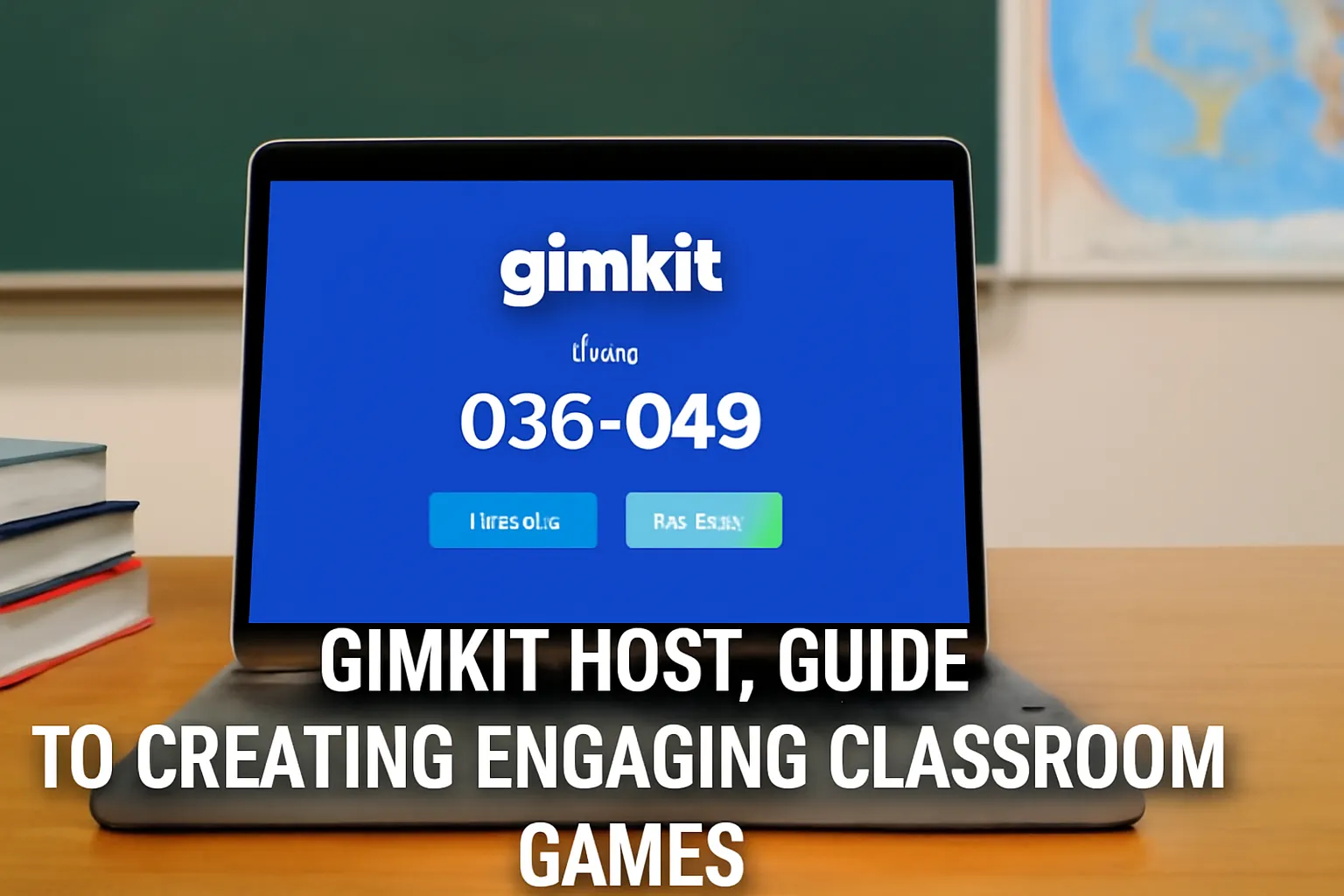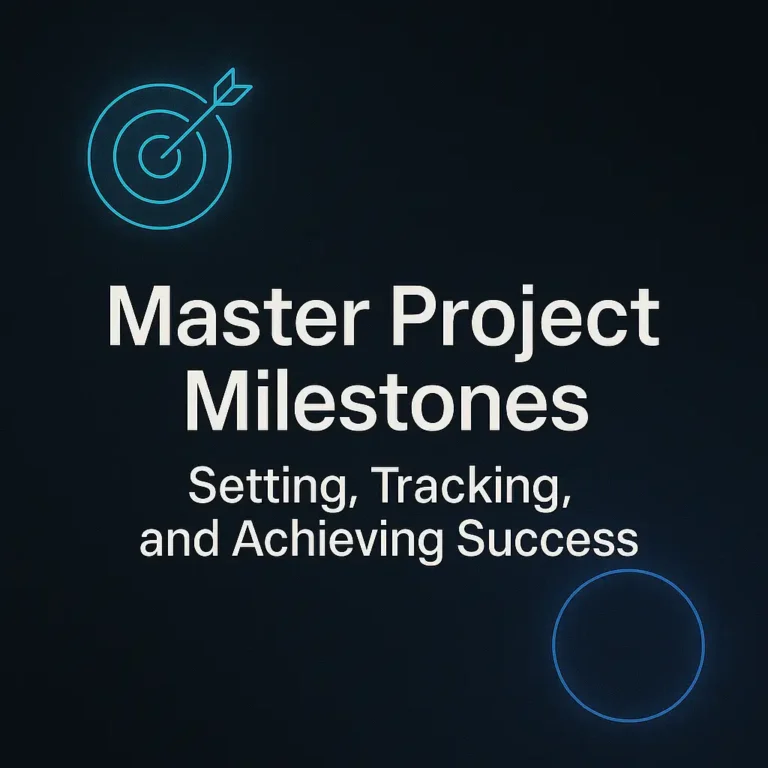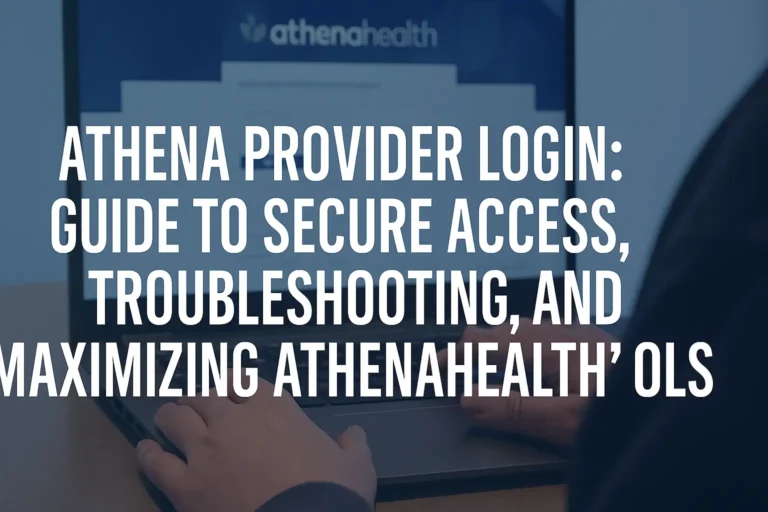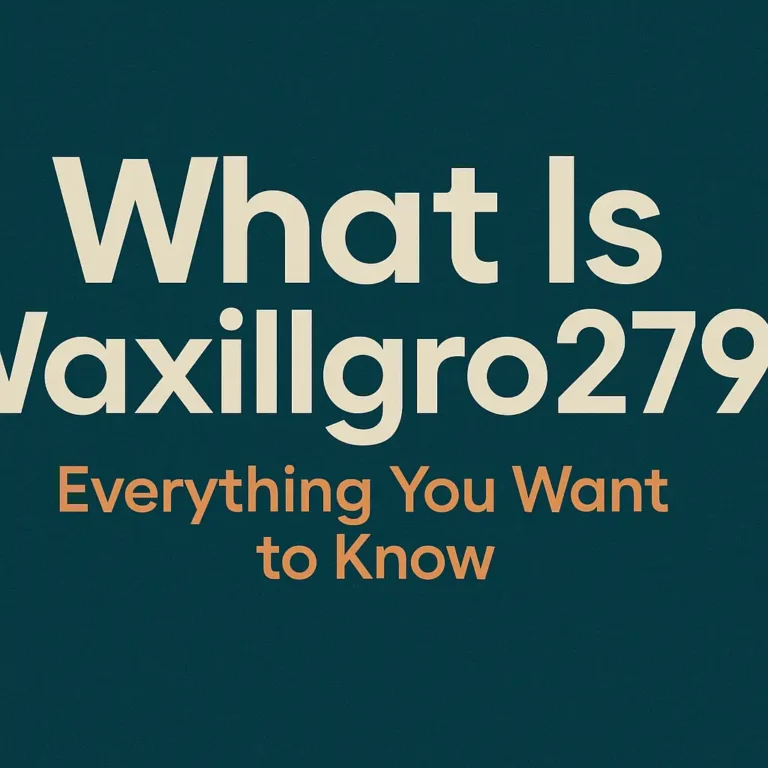Gimkit Host in 2025: Your Ultimate Guide to Creating Engaging Classroom Games
Struggling to keep students engaged during lessons? As a Gimkit host in 2025, you can transform dull quizzes into thrilling, game-based learning experiences that make students eager to participate. Gimkit, a classroom game show platform, blends knowledge, strategy, and fun, letting you craft interactive sessions that boost retention and excitement. Whether you’re a teacher, trainer, or educator, hosting a Gimkit game is a game-changer for student engagement.
In this article, we’ll explore what it means to be a Gimkit host, how to set up and run games, and tips to maximize impact. From creating question sets to mastering game modes, this guide offers practical steps and insights to help you succeed. Let’s dive in and make learning unforgettable with Gimkit in 2025!
Introduction to Gimkit Hosting
Gimkit hosting turns traditional quizzes into dynamic, competitive games. Here’s a quick overview.
What Is a Gimkit Host?
A Gimkit host is an educator or facilitator who creates and manages interactive quiz games on the Gimkit platform. You design question sets (kits), choose game modes, and oversee live or asynchronous sessions, fostering learning through gamification. I first tried hosting for a history class, and my students loved the competitive vibe.
Why It Matters in 2025?
With education embracing tech-driven engagement, Gimkit’s blend of strategy, rewards, and real-time feedback resonates with students. In 2025, its updated features like enhanced analytics and new game modes make hosting more impactful. I’ve seen shy students light up during Gimkit games, answering questions they’d normally skip.
Who Should Be a Gimkit Host?
- Teachers: Seeking to make lessons interactive for K-12 or higher education.
- Trainers: Leading workshops or professional development sessions.
- Students: Creating peer-led study games with teacher oversight.
I recommended hosting to a colleague, and their science class turned into a lively quiz show.
Read more: Wheon Subway Surfers for PC: Your Ultimate Guide to Playing in 2025
Understanding Gimkit Hosting
This section covers the platform’s background and your role as a host.
Evolution of Gimkit
Created by high school student Josh Feinsilber in 2017, Gimkit evolved from a classroom project into a global educational tool. Its 2025 updates include seamless class integration and advanced game controls, making hosting easier. I admire how a student’s idea became a classroom staple.
Role of a Gimkit Host
As a host, you create kits (question sets), select game modes (e.g., Classic, Team, or Trust No One), and manage gameplay. You control settings like time limits and power-ups, monitor progress, and use reports to assess learning. I hosted a math game and used real-time data to spot struggling students instantly.
Key Components
- Kits: Custom or pre-made question sets for any subject.
- Game Modes: Varied formats for competition or collaboration.
- Controls: Tools to start, pause, or end games and manage players.
I love how easy it is to tweak settings mid-game to keep things exciting.
Key Features of Gimkit Hosting
What makes hosting a Gimkit game stand out? Here’s a breakdown.
Customizable Kits
Create multiple-choice or text-input questions, with options to add images or audio. I made a vocabulary kit with images, and visual learners thrived.
Diverse Game Modes
Modes like Classic (individual competition), Team (group collaboration), or Trust No One (strategy-based) suit different learning goals. I tried Team mode for a group project review, and students loved the teamwork.
Real-Time Feedback
Instant correct/incorrect feedback helps students learn on the spot. I noticed students retrying questions after seeing instant results, boosting retention.
Power-Ups and Rewards
Students earn virtual currency for correct answers, spending it on power-ups like extra points or opponent sabotage. My class went wild buying upgrades during a Classic game.
Live Monitoring
The host dashboard shows leaderboards and progress, letting you adjust pacing or offer hints. I used this to encourage a struggling student during a live session.
Post-Game Reports
Detailed analytics highlight knowledge gaps. I saved a report as a PDF to plan my next lesson, targeting weak areas.
| Feature | Details |
|---|---|
| Kits | Custom or pre-made question sets |
| Game Modes | Classic, Team, Trust No One, and more |
| Feedback | Instant correct/incorrect responses |
| Power-Ups | Virtual currency for upgrades, sabotage |
| Monitoring | Live dashboard with leaderboards |
| Reports | PDF analytics for performance tracking |
Benefits of Being a Gimkit Host
Hosting offers powerful advantages for educators and students.
Boosts Engagement
Gamification taps into students’ love for competition and rewards. My quietest students got vocal during a Trust No One game, chasing the leaderboard.
Enhances Learning
Instant feedback and strategic gameplay improve retention. A student told me they remembered science terms better after a Gimkit session.
Flexible for All Subjects
From math to history, kits adapt to any topic or age group. I used Gimkit for a literature quiz, and it worked just as well as for math.
Encourages Collaboration
Team modes foster group work and communication. I saw students strategize together in a Team mode game, building camaraderie.
Risks and Considerations
Hosting isn’t without challenges. Here’s what to watch for.
Technical Issues
School firewalls or outdated browsers may block game servers. I had a connection issue once but fixed it by checking network settings.
Inappropriate Nicknames
Students may use unsuitable names. The Nickname Generator assigns safe names automatically—I turned it on after a silly name incident.
Game Management
Large classes (up to 500 players) can be chaotic. I set clear rules before starting to keep my 30-student game focused.
Workarounds
- Tech Prep: Ensure devices support WebGL and allow Gimkit domains.
- Nickname Control: Enable Nickname Generator for safe names.
- Class Management: Use classes for instant-join and better tracking.
I tested my setup before a big game, avoiding mid-session glitches.
Read more: NixCoders.org in 2025: The Ultimate Guide to Empowering Next-Gen Developers
How to Get Started as a Gimkit Host?
Ready to host? Follow these steps.
System Requirements
Needs a modern browser (Chrome, Firefox), 5 Mbps internet, and 2GB RAM. I tested it on a school laptop, and it ran smoothly.
Step-by-Step Setup
- Create an Account: Sign up as an educator with an email or Google account. It’s free, with a 14-day Gimkit Pro trial.
- Build a Kit: Create a new kit or import questions via CSV. I made a 20-question history kit in 15 minutes.
- Choose a Mode: Select from the Mode Picker (e.g., Classic or Team). I picked Classic for my first game.
- Set Options: Adjust time limits, goals, or power-ups. I set a 10-minute limit to keep things fast-paced.
- Share Access: Share the 5–6 digit game code or QR code with students. I displayed the QR code, and students joined in seconds.
- Start Game: Click “Start Game” to begin. I hosted my first game and saw students dive in eagerly.
Navigating the Dashboard
The host dashboard shows leaderboards, game controls, and player progress. I used it to pause a game and give hints when students got stuck.
Troubleshooting
- Connection Issues: Ensure school firewalls allow Gimkit domains.
- Game Won’t Start: Check browser compatibility or refresh.
- Student Access: Use instant-join with classes for smoother entry.
I fixed a lag issue by switching to a stronger Wi-Fi network.
Real-World Applications
How does hosting fit into teaching?
Classroom Engagement
Turn reviews into game shows. I hosted a math quiz, and students begged for more rounds.
Remote Learning
Host live games via Zoom or assign asynchronous kits. I ran a remote Team mode game, and students stayed engaged online.
Peer-Led Learning
Students can create kits for study groups. I let a student host a review game, and it empowered their leadership.
Assessment Tool
Use reports to gauge understanding. I used post-game data to focus on weak topics in my next lesson.
Optimizing Your Gimkit Hosting
Maximize impact with these tips.
Craft Quality Questions
Align questions with learning goals and mix formats (multiple-choice, text-input). I added images to my science kit for visual appeal.
Experiment with Modes
Try different modes to suit your class. I switched to Trust No One for a strategy-focused session, and it sparked critical thinking.
Prep Students
Review content before the game. I gave a 5-minute recap, which helped students perform better.
Use Analytics
Analyze reports to tailor future lessons. I found two tricky questions in a report and reteached those concepts.
Comparing Gimkit to Alternatives
How does Gimkit hosting compare?
Gimkit vs. Kahoot, Blooket
- Kahoot: Fast-paced but less strategic than Gimkit’s power-ups.
- Blooket: Similar gamification but fewer mode options.
- Gimkit: Excels in strategy, rewards, and analytics.
I tried Kahoot but found Gimkit’s currency system more engaging for students.
Strengths and Weaknesses
- Strengths: Engaging modes, detailed reports, free basic version.
- Weaknesses: Pro features require payment; large classes need management.
I stick to the free version but plan to try Pro for audio questions.
Why Gimkit Stands Out in 2025
Its blend of competition, customization, and data-driven insights makes it a top choice for interactive learning.
The Future of Gimkit Hosting
What’s next for hosts in 2025 and beyond?
New Features
Expect more modes, VR integration, or enhanced analytics. I’m excited for potential audio narration in kits.
Community Growth
Join educator forums to share tips. I found a great Classic mode strategy in a teacher group.
Scalability
Gimkit may support larger classes or global tournaments. I hope to host a school-wide quiz event soon.
Frequently Asked Questions
What is a Gimkit host?
An educator or facilitator who creates and manages quiz-based games on Gimkit.
How do I start hosting?
Sign up, create a kit, choose a mode, set options, share the code, and start the game.
Is Gimkit free for hosts?
Yes, the basic version is free; Pro ($14.99/month) adds advanced features.
What are game modes?
Formats like Classic, Team, or Trust No One, each with unique gameplay.
How do students join?
Via a 5–6 digit code, QR code, or instant-join with class setup.
What if I face tech issues?
Check browser compatibility, network settings, or use instant-join for classes.
Conclusion
Being a Gimkit host in 2025 empowers you to create engaging, game-based learning experiences that captivate students. With customizable kits, diverse modes, and powerful analytics, you can transform lessons into memorable challenges that drive learning and fun.
Key Takeaways
- Craft kits and choose modes to suit your teaching goals.
- Use real-time feedback and reports to enhance learning.
- Manage games with clear rules and tech prep for success.
Next Steps: Start Hosting
Ready to host? Sign up for a free Gimkit account, create your first kit, and try a Classic mode game. Share your hosting tips or favorite game modes in the comments—I’d love to hear how you make learning fun!







